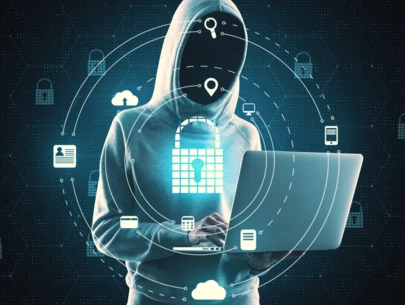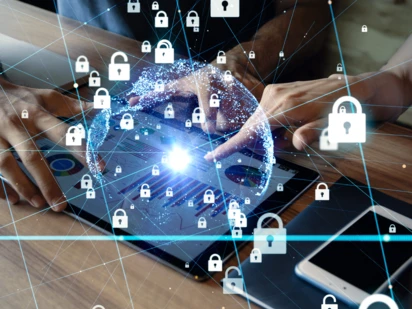
Cyberattacks
Cyberattacks can affect you in many ways. They can:
- Hack into your devices, like computers and phones.
- Steal your money and personal information, which can lead to identity theft.
- Lock you out of your accounts or delete your data.
- Impact your job or business.
- Interfere with major systems like transportation and the power grid.
Steps you can take
- Update your software on computers and smartphones. This includes your apps, web browsers, and operating systems. Set updates to happen automatically.
- Use passwords and change them on a regular basis. Create a strong password that is at least 8-12 characters and contains a mix of numbers, symbols, and capital letters.
- Be cautious about the information you share in online profiles and social media accounts. Sharing things like pet names, schools, and family members can give scammers the hints they need to guess your passwords or the answers to your account security questions.
- Never leave devices unattended or unlocked in public places.
- Don’t send payments to unknown people or organizations that are seeking monetary support and urge immediate action.
- Be careful what you download. Never open an email attachment from someone you don’t know and be wary of email attachments forwarded to you.
- Examine the email address in all correspondence and scrutinize website URLs before responding to a message or visiting a site.
- Don’t click on anything in unsolicited emails or text messages.
Types of cyber threats
Ransomware
Is a type of malicious software, or malware, that prevents you from accessing your computer files, systems, or networks and demands you pay a ransom for their return.
You can unknowingly download ransomware onto a computer by opening an email attachment, clicking an ad, following a link, or even visiting a website that's embedded with malware.
Once the code is loaded on a computer, it will lock access to the computer itself or data and files stored there. More menacing versions can encrypt files and folders on local drives, attached drives, and even networked computers.
Most of the time, you don’t know your computer has been infected. You usually discover it when you can no longer access your data or you see computer messages letting you know about the attack and demanding ransom payments.
Learn more at CISA's Stop Ransomware site.
Spoofing
Spoofing is when someone disguises an email address, sender name, phone number, or website URL—often just by changing one letter, symbol, or number to convince you that you are interacting with a trusted source. This scheme is aimed at tricking you into providing sensitive information to scammers.
Phishing
Phishing schemes often use spoofing techniques to lure you in and get you to take the bait. These scams are designed to trick you into giving information to criminals that they shouldn’t have access to.
Identity theft
Happens when someone steals your personal information, like your Social Security number, and uses it to commit theft or fraud. Identity theft can be the result of a cybercrime. Check out identitytheft.gov if you have been a victim of identity theft.

